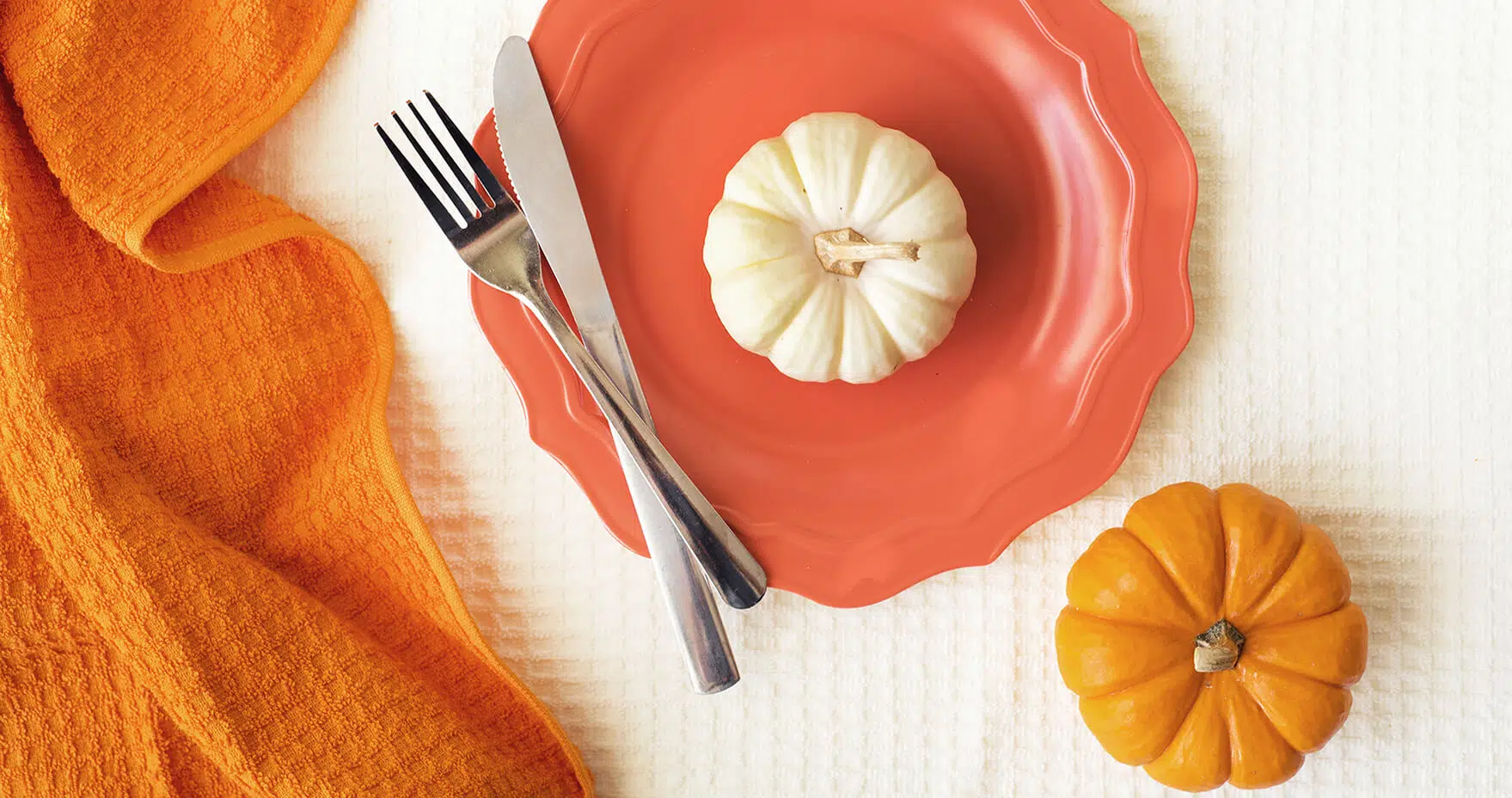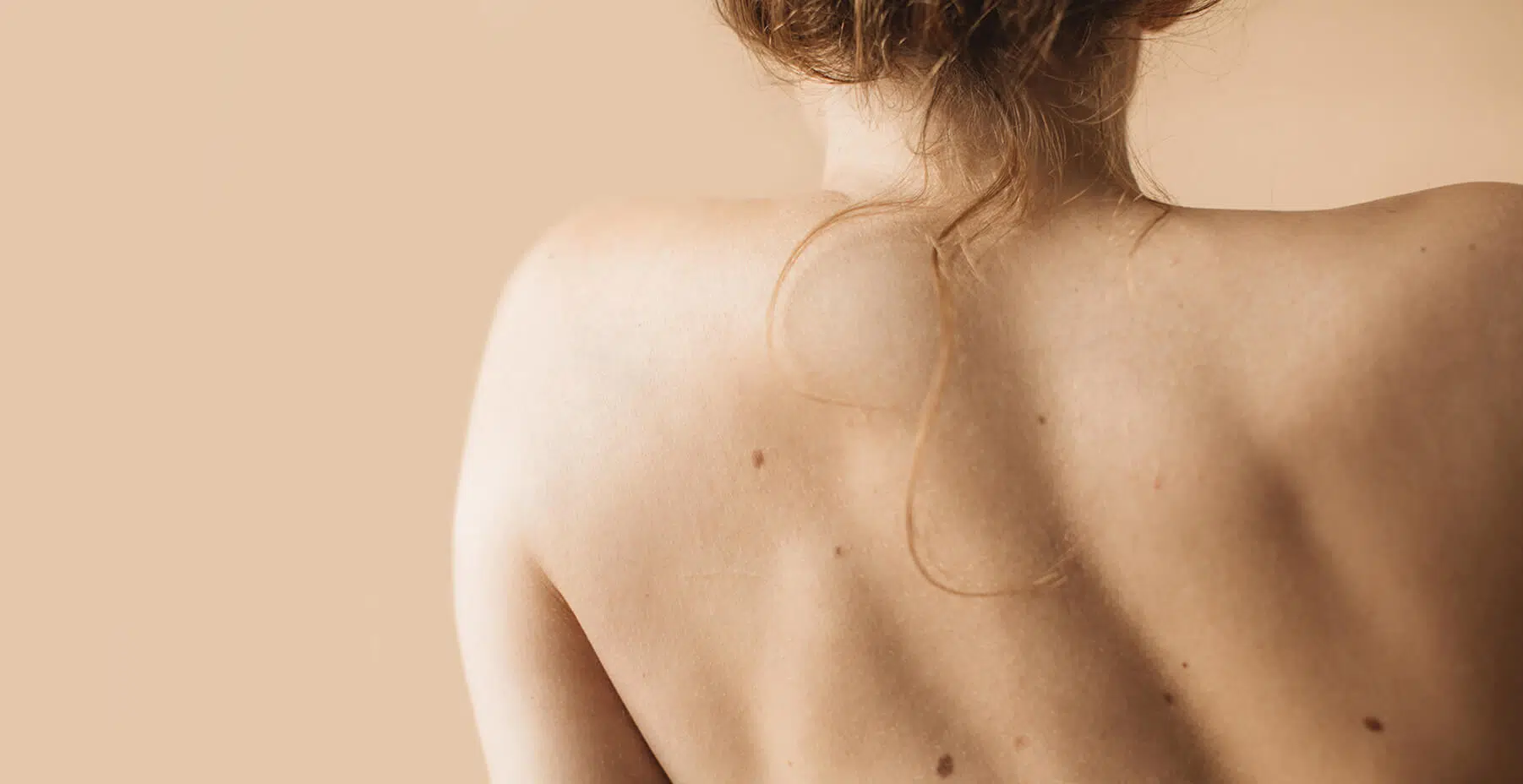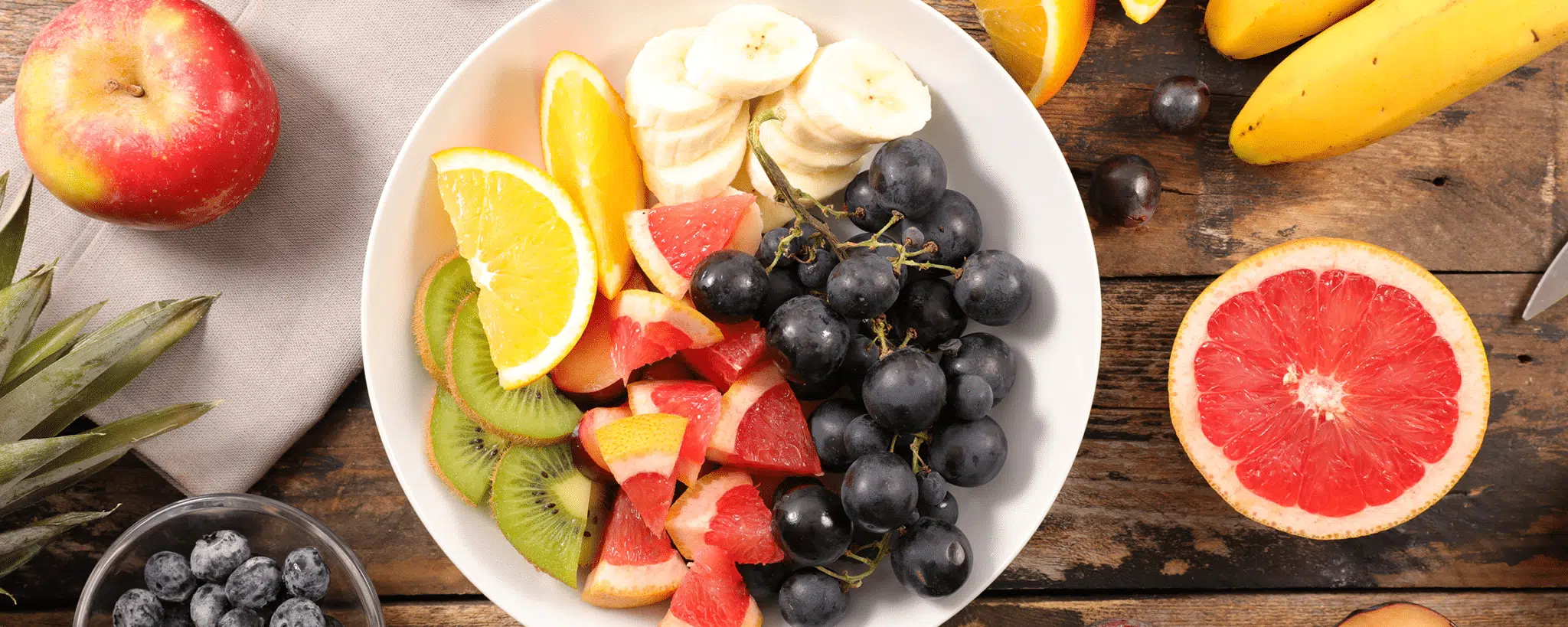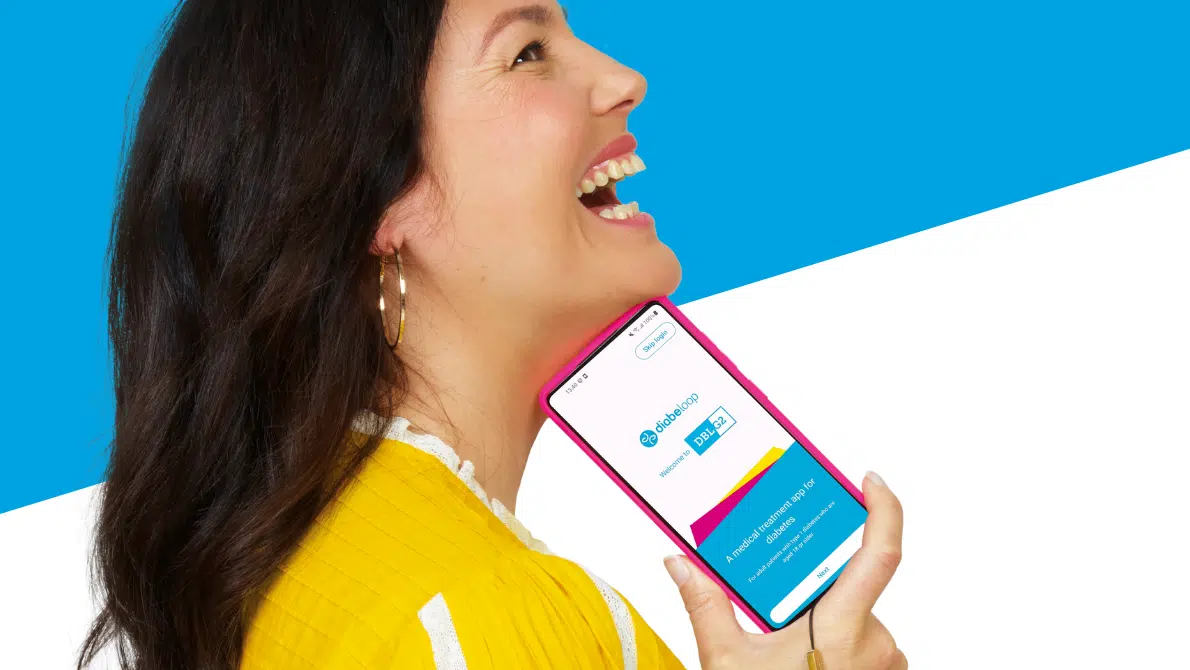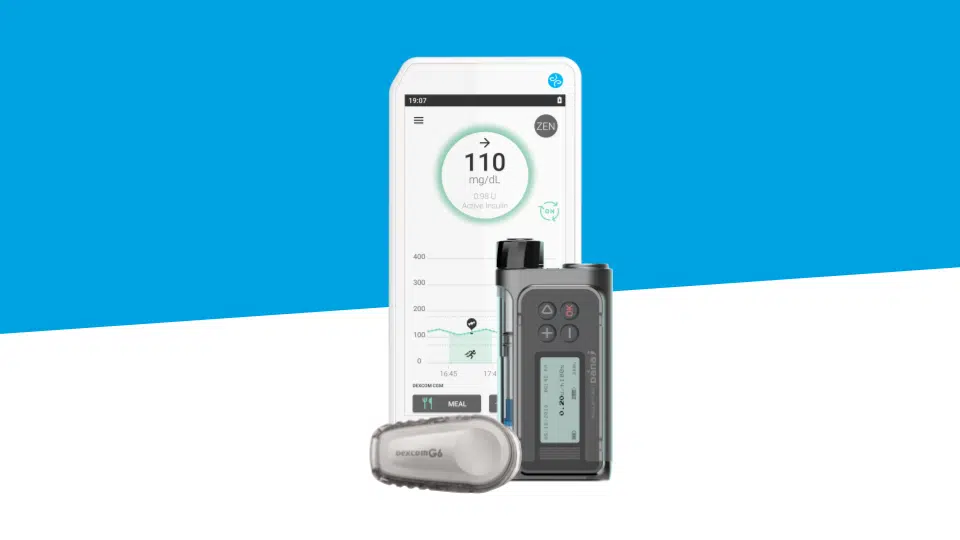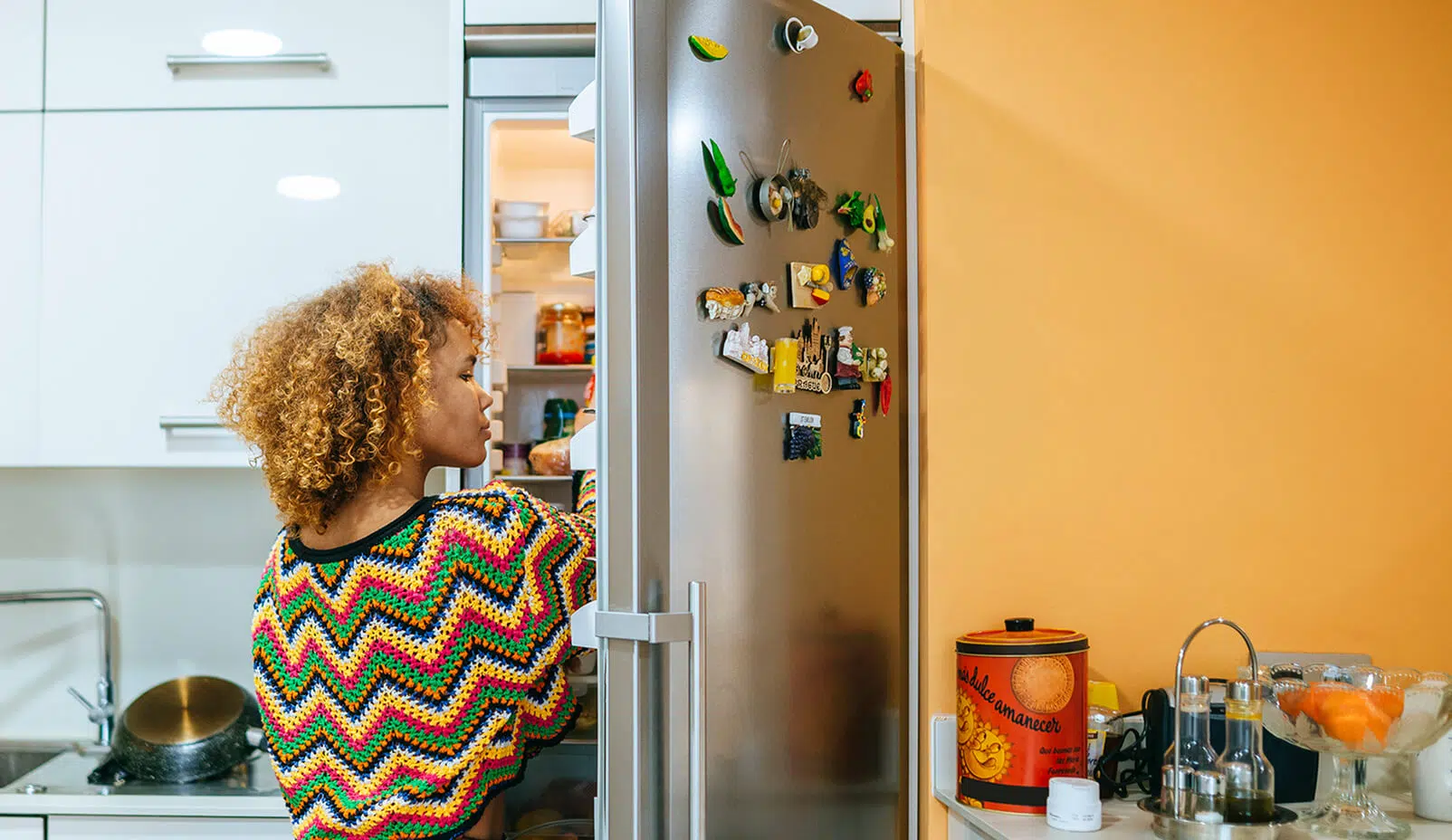
Nutrition: How To Eat Well With Type 1 Diabetes
When we are diagnosed with Type 1 diabetes, we often assume that we will have to adopt a strict diet. While this can be beneficial at the beginning, to learn how to adjust doses and calculate carbohydrates, it is by no means a life sentence. The dietary principles of Type 1 diabetes are, with the exception of a few adjustments, identical to those of a well balanced and diversified diet. Simple pleasures should not be sacrificed! Since diabetes is different for everyone, it is important to seek the advice of a diabetologist to manage your blood sugar and insulin needs. Here are some additional recommendations.
Meals At Fixed Times (Unless There’s An Exception)
You should stick to three main meals a day, with 4 to 6 hours in between, as much as possible (and even if you sleep in…). Snacks are of course possible, preferably 2-3 hours after a meal to minimize the risk of a hypo if insulin is injected (since the bolus of the last meal is active for about 4 hours depending on your insulin absorption).
Vegetables, nuts and seeds, unless medically advised otherwise, may be consumed at any time of the day. The refined sugars in cakes, jams, desserts and sweetened cereals should be limited as much as possible. This advice is true all diets, with or without Type 1 diabetes!
Read more: Rescue Carbs, Snack: What Are We Eating?
Type 1 Diabetes And Nutrition: Calculate Carbohydrates
The recommended daily carbohydrate amount depends on different factors such as age, gender, height, weight and level of physical activity. Carbohydrate portions are therefore unique for everyone.
Today, the “low carb” diet – a diet low in carbohydrates – is popular among people with diabetes of all types and not just athletes! Some also focus on foods with a low glycemic index. The latter typically reduces the severity of post prandial peaks, thereby contributing to better blood glucose levels.
For all “carbohydrates”, try to choose complex carbohydrates (whole, unprocessed, high-fiber starchy foods: wholemeal, millstone ground flour breads, legumes such as lentils or chickpeas, wholemeal basmati rice) which, compared to simple carbohydrates (white sugar, rice and highly cooked pasta, white bread, pastries, honey, fruit….):
- are more slowly absorbed by the body
- gradually increase blood sugar levels
- keep you feeling fuller longer
Read more: Recipe: Gluten-Free Chickpea Flour Crackers
If you are going to consume food with simple sugars, save them for the end of the meal to avoid as drastic a peak in blood sugar.
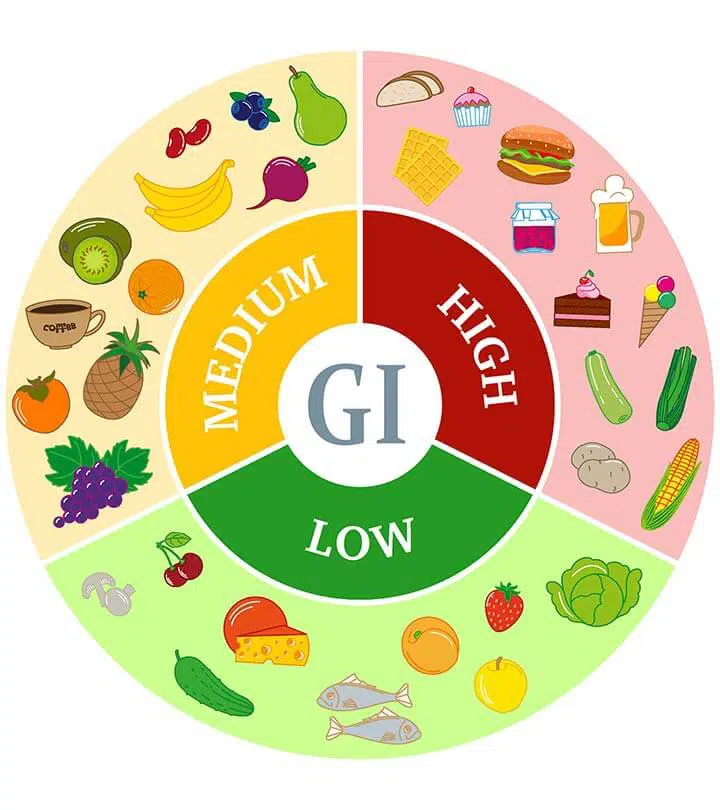
Source : https://www.stylecraze.com/articles/glycemic-index-foods-list/#gref
Type 1 Diabetes Diet: Manage Quantities
Living with T1D does not mean eating less. The body needs a certain amount of specific food to live properly. Functional insulin therapy teaches us how to dose insulin according to food intake and not the other way around. Therapeutic education sessions are regularly offered in hospitals, so do not hesitate to ask for more information.
Without a scale, here are some tips to estimate quantities:
| Hand measurement | Equivalent | Equivalent |
| Tip of the thumb | 1 teaspoon | One serving of oil |
| The whole thumb | 1 tablespoon | 15ml |
| The palm of the hand | 90g of protein | 1 serving |
| A handful | 250g | 2 portions of starch, fruit or vegetables |
Be careful, not all fruits contain the same number of carbohydrates.
Do you have any doubt about the composition of a food? Check online using the Open Food Facts.
And Finally: Indulge!
It is also important to monitor your consumption of fat, which should generally not exceed one third of our daily caloric intake. It is therefore important to not add too much dressing in a salad, for example. It is also a good idea to reduce your consumption of animal fats (red meat, deli meats, cheese, cream).
However, gourmet food is allowed! Do you like to cook? Good, because you’ll have control over the quantities!
If you want to eat in your favorite fast food restaurant, limit how often, but don’t feel obligated to delete it from your diet altogether.
Read more: Type 1 Diabetes: Fast Food And Junk Food Are Allowed!
